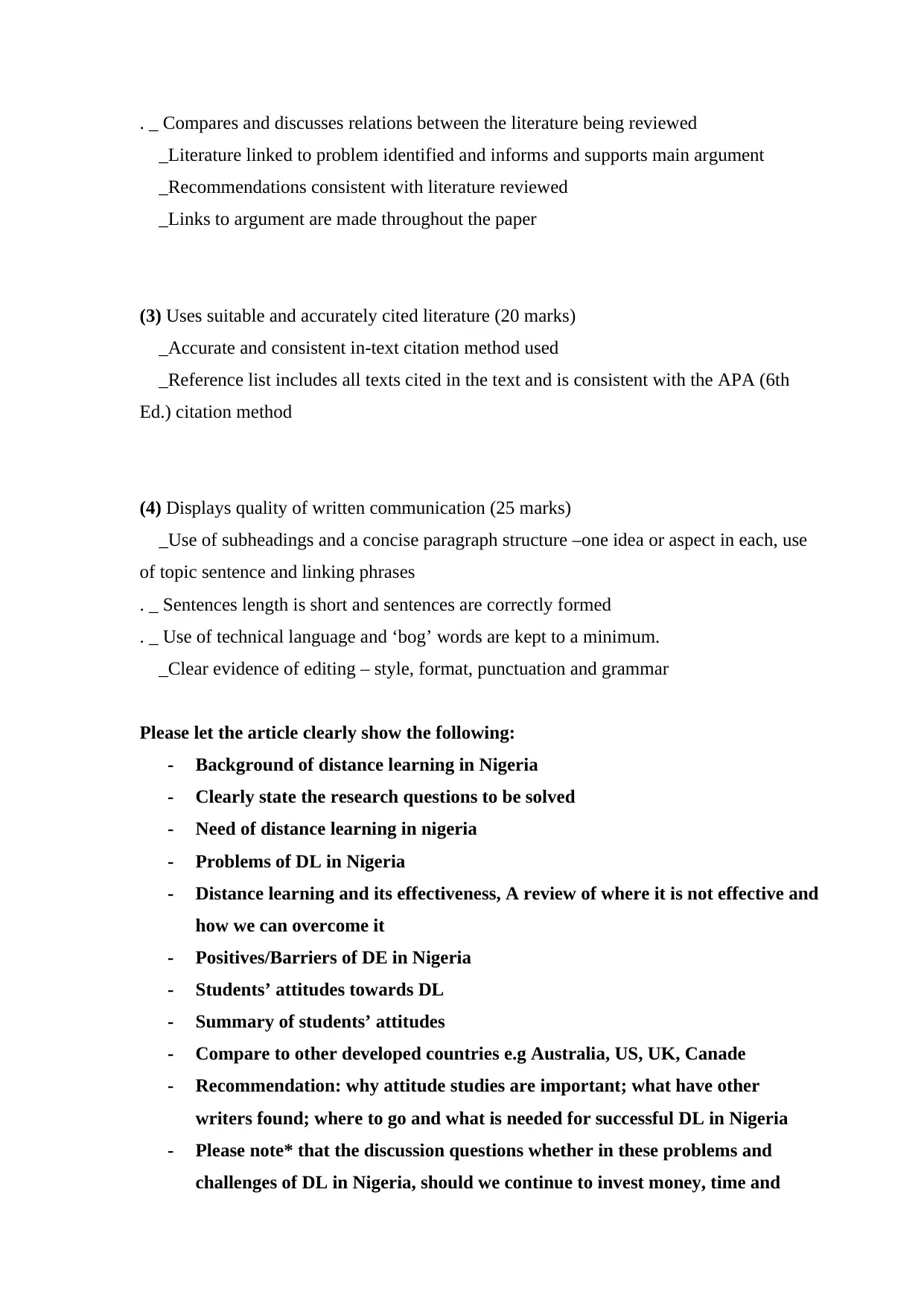Distance Learning in Nigeria: Attitudes, Problems, and Solutions
VerifiedAdded on 2019/09/26
|3
|607
|213
Report
AI Summary
This report analyzes the attitudes of students towards distance learning in Nigeria, addressing its background, research questions, and the need for distance learning. It explores the problems and effectiveness of distance learning, comparing it to other developed countries while also covering the positives and barriers. The report examines students' attitudes towards distance learning and offers recommendations for improvements, including discussions on whether to continue investing in distance learning and if it can effectively enhance students’ outcomes. The report also looks at the importance of attitude studies, and the future of distance learning in Nigeria. This comprehensive analysis is presented in a format suitable for an academic journal, complete with literature reviews, and a discussion of implications for practice.
1 out of 3










![[object Object]](/_next/static/media/star-bottom.7253800d.svg)